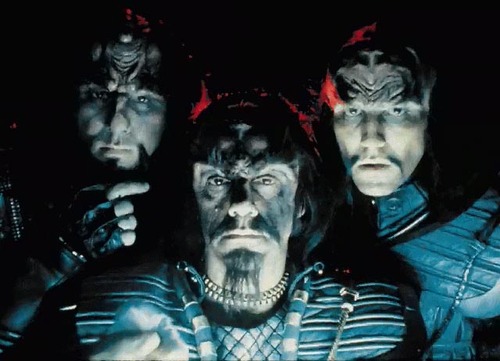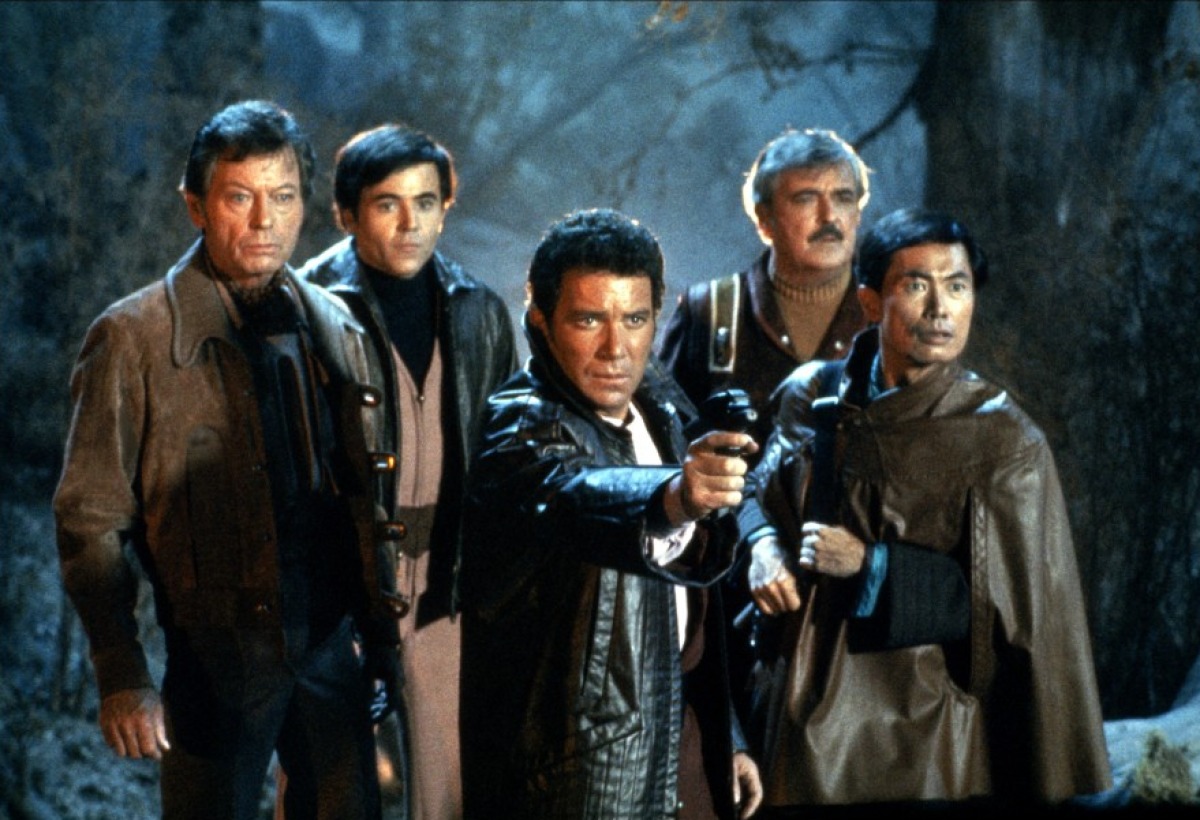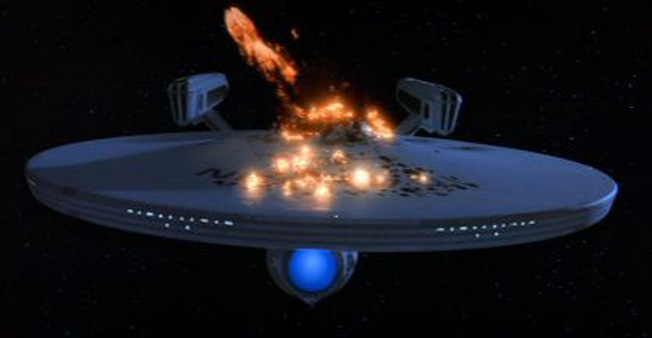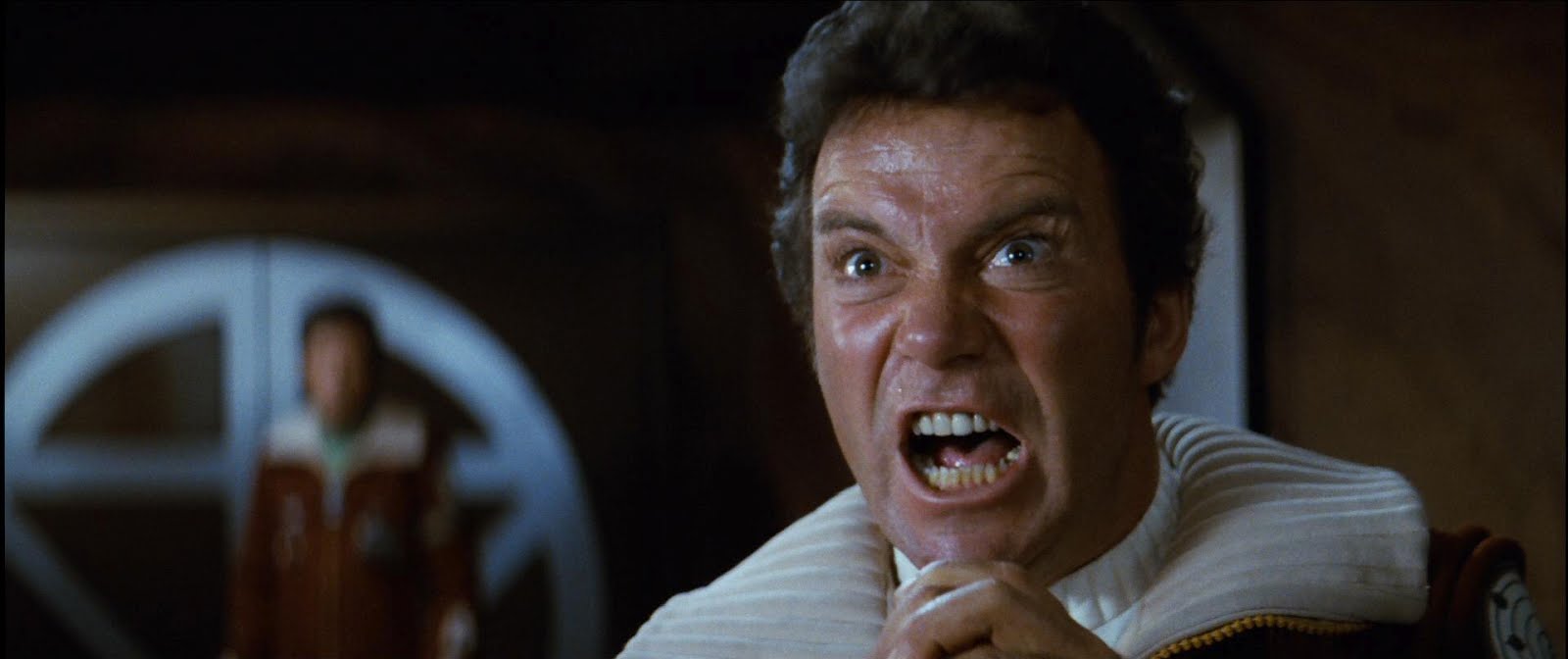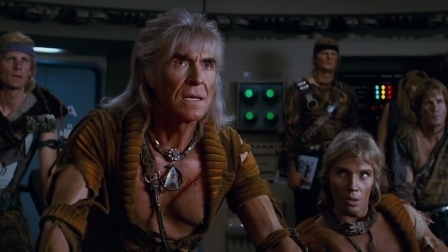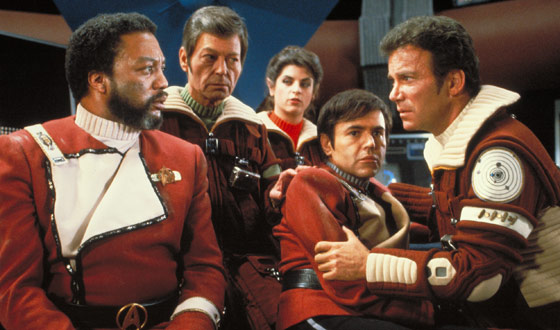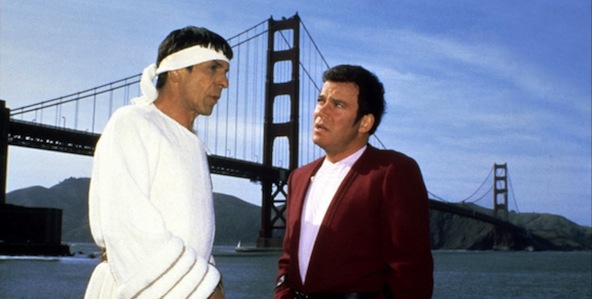
After wrecking several ships in its path, a mysterious probe heads to Earth and starts wreaking havoc with the planet’s atmosphere. Starfleet is crippled, and Earth is marked off limits. Meanwhile, Kirk and Co. are prepping their stolen Klingon Bird of Prey to leave Vulcan — where they’ve been for two months since the events of the previous movie — to face the music for stealing the Enterprise (which was destroyed) to save Spock. Upon learning about the probe and Starfleet’s inability to answer it, Spock (who’s still a little weird since he was brought back from the dead and all) figures out that the probe is trying to communicate with humpback whales, which have been extinct for more than 200 years. Kirk then takes the crew back in time — by sling-shotting around the sun — to 1986. After some adventures (Spock mind-melds with a whale, Sulu steals a helicopter, Scotty pisses all over the timeline to get some transparent aluminum) the crew is successful, and brings whales George and Gracie to the late 23rd century. With the probe answered and gone, Kirk and Co. face charges, and all but one is dropped. Kirk is demoted from admiral to captain … and given command of the new Enterprise-A.
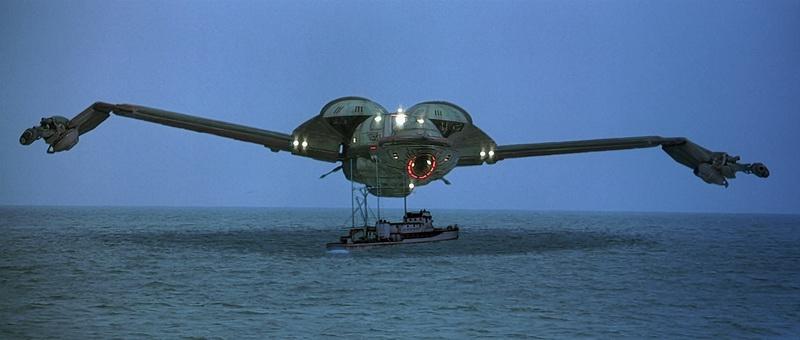
Why it’s important
“The Voyage Home” is another movie where our heroes save Earth, so, naturally, it’s hugely significant. If not for the actions of Kirk and Co., Star Trek as we know it wouldn’t have continued — though it is interesting to think of a Federation and a Starfleet without Earth. More on that in a moment …
The film also furthers the hostilities between the Klingons and Kirk. The idea that there will be no peace as long as Kirk lives is significant in the next two movies. He has a big target on his back (a central point of “Star Trek V: The Final Frontier”) and his participation in the peace process is so significant that Spock volunteers the Enterprise’s service on his behalf and the anti-peace conspirators frame him in “Star Trek VI: The Undiscovered Country”.
Lastly, there’s the return of Kirk and Co. to the Enterprise bridge and the return to form of Spock. This movie is really partly about Spock’s recovery. The fact that he’s out of sync is played for laughs — a good touch by the writers — but using Earth’s peril as a way to make him realize what’s important was really pretty brilliant.
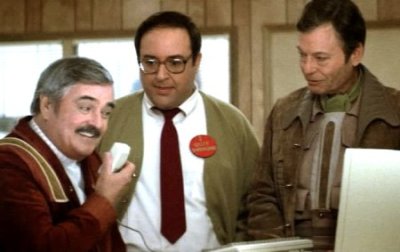
What doesn’t hold up
This is an issue that happens in a lot of the movies and even in some of the TV shows. When Earth is about ready to be destroyed — or, there’s some major threat someplace — the Enterprise crew is, effectively, all that’s left of Starfleet and completely on its own. It’s really odd.
In this film, one wonders what the rest of Starfleet — the parts on other planets or in ships in other parts of the galaxy not in the probe’s path — were doing (other than the few vessels we see incapacitated by the probe). There’s no direct indication that they’re doing nothing, but with all the scenes at Starfleet headquarters, it’s odd that there’s not a line of dialog about what the Vulcans or Andorians are doing to help, or about ships from other sectors heading to Earth, before it’s declared off-limits.
This happens a lot of times in Star Trek. Sorry, to jump the timeline, but here are other instances:
— “The Best of Both Worlds”: Arguably, TNG’s pinnacle moment has always had a glaring hole in its final minutes. With the Borg vessel orbiting Earth, the Enterprise gets no help — and apparently no contact — from the surface. Surely, someone would have been contacting Riker from HQ or from the Federation president’s office? And wouldn’t there have been other vessels (besides the lowly Mars defense ships) that made it to Earth that weren’t at Wolf 359?
— “Zero Hour”: The finale to the third season of “Star Trek: Enterprise” has a Xindi weapon capable of destroying the planet pop out of a subspace vortex — and despite being (supposedly) on high alert in anticipation of the attack, no Earth vessels show up to stop it! A season earlier, when Enterprise returned to the Terran system and a Klingon ship attacked it, at least a couple of Starfleet ships lent a hand …
— “Star Trek VI: The Undiscovered Country”: It’s not Earth, but for some reason, there are no ships orbiting Camp Khitomer during the final battle scene where the Enterprise and Excelsior fight the cloaked Bird of Prey. Presumably, there would have been some vessels that transported delegates to the conference. Wouldn’t they still be around — and wouldn’t they have check on what was happening within visual range of the planet?
— Of course, the Enterprise was the only ship capable of intercepting V’Ger before it gets to Earth in “Star Trek — The Motion Picture” and was the only ship that could respond to the problems caused by Khan in “Star Trek II: The Wrath of Khan”. Keep in mind that the Enterprise, early in that film, was on a training mission and (apparently) didn’t go to warp until it was “the only ship in the quadrant.” Meanwhile, the Enterprise-B was the “only ship in range,” to help three transport vessels from being destroyed despite being very close to Earth, in “Star Trek: Generations”.
— This also happens in “Star Trek V: The Final Frontier,” but in that film, the rationale is that Starfleet is cool with sending the Enterprise-A when it’s not ready (and, presumably, a long way from the Neutral Zone) because they want Kirk to be the one to handle the Klingons. Of course, they could have put Kirk on a ship that wasn’t falling down around itself.
Point being, six of the first seven Star Trek films — and two key moments in second-generation Trek on television — rely on the conceit that the Enterprise (or the Enterprise crew, in the case of this movie) must handle things alone and any or much help from other vessels — in what is supposed to be a pretty big and impressive armada of ships. It ups the drama, but it makes Starfleet look like a pretty shallow organization when the best it has to deal with MAJOR threats often near Earth are ships filled with trainees (“Wrath of Khan”), still under construction (“The Motion Picture”, “The Final Frontier”, “Generations”), possibly outgunned (“The Undiscovered Country”, “The Best of Both Worlds”, “Zero Hour”) or in a “Klingon flea trap” with limited resources (“The Voyage Home”).
Final thoughts
“The Voyage Home” is almost always referred to as “the one with the whales.” But it’s also the only Trek movie that successfully pulls off extended comedy (“Star Trek: Insurrection”, TNG’s attempt at a funny movie, doesn’t successfully do very much). Of the original six films, “The Voyage Home” did the best at the box office and clearly had the widest appeal.
Oddly enough, “The Voyage Home” was the first “grown-up” movie I saw in the theaters — or, at least, that I remember seeing in theaters. I distinctly recall standing in line to see the movie with my parents and some relatives — and later wondering what the weird morphing heads during time travel were all about. My dad had exposed me to TOS in re-runs and I fell into TNG pretty hard when it premiered in fall 1987. I’m guessing this movie helped that.
As a bookend to the three-parter that really began with “Wrath of Khan”, the movie works well. Other than the very cavalier attitude Kirk and Co. have in this film as far as changing history — which I guess was done for laughs — my only real gripe with the film is the goofiness during the actual time travel with the morphing heads. I’m not sure what the creators were going for there — and I doubt it was anything that worked better in 1986 than it does today. Bigger picture, it’s fine that Kirk risked polluting the timeline by going back in time, as Earth itself was at stake. But it’s too bad the crew is so cool with messing up history by being so dumb on some little stuff. Other than Scotty giving the secret of transparent aluminum to that one dude, it’s astonishing that Chekov actively leaves his Klingon phaser behind, that Bones helps a random woman grow a new kidney and (most importantly) that Kirk is cool taking Dr. Gillian Taylor (Catherine Hicks) — the 20th century marine biologist who helps get the whales — to the 23rd century. In all three instances, our heroes should have really been more mindful of messing up the timeline. And their attitudes in this film doesn’t jibe with what we saw in TOS.
Speaking of Hicks, it’s always been odd to me that she and Stephen Collins — who played Decker in “Star Trek — The Motion Picture” — went on to play the parents on “7th Heaven”. Think they ever hung out on the set telling Shatner stories? I like to think they did.
Editor’s note
It’s true that the events of this film take place in Star Trek years of 2285 and 1986. However, as the film begins and ends in 2285, we chose that year for placement on the Star Trek timeline.
Coming next week …
Is Shakespeare better in the original Klingon? We’ll investigate …

